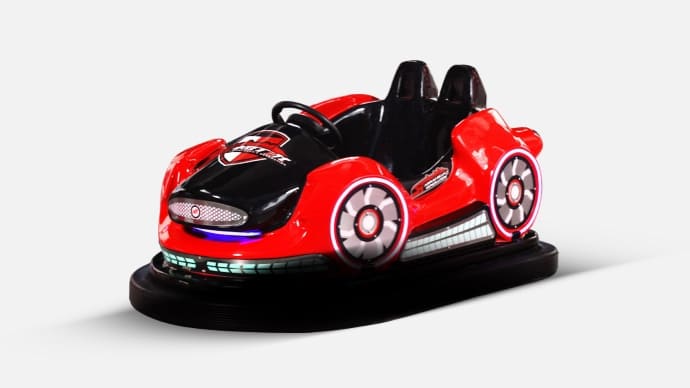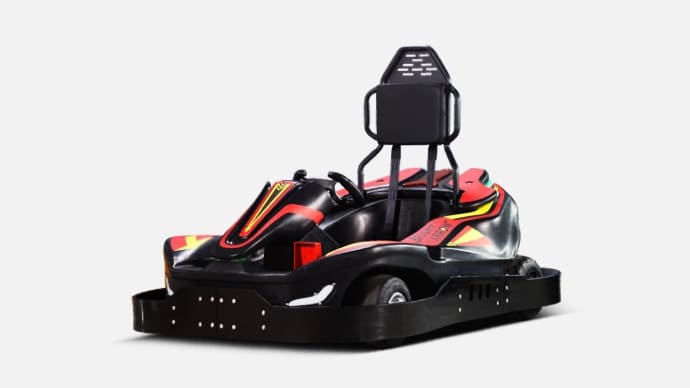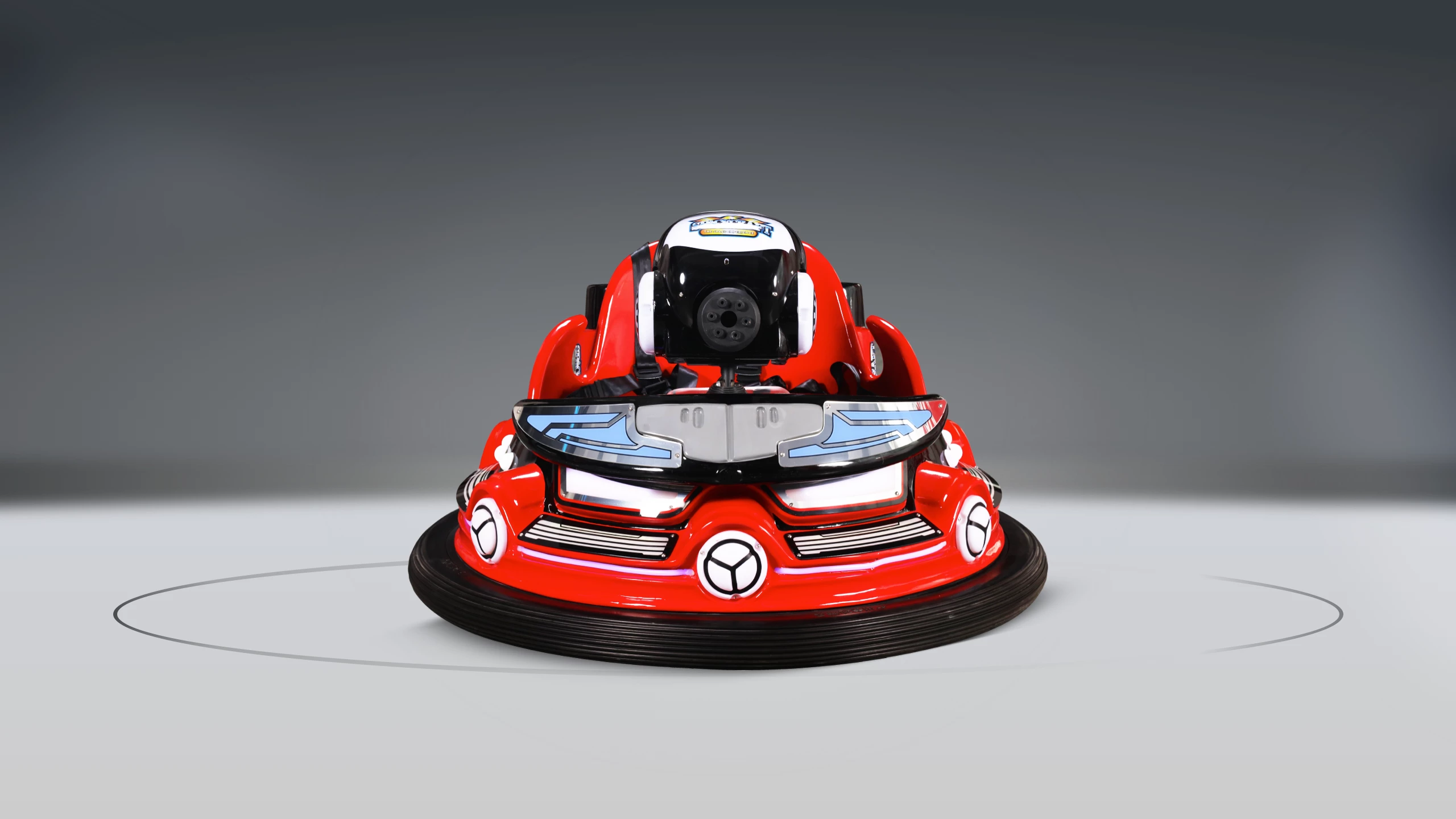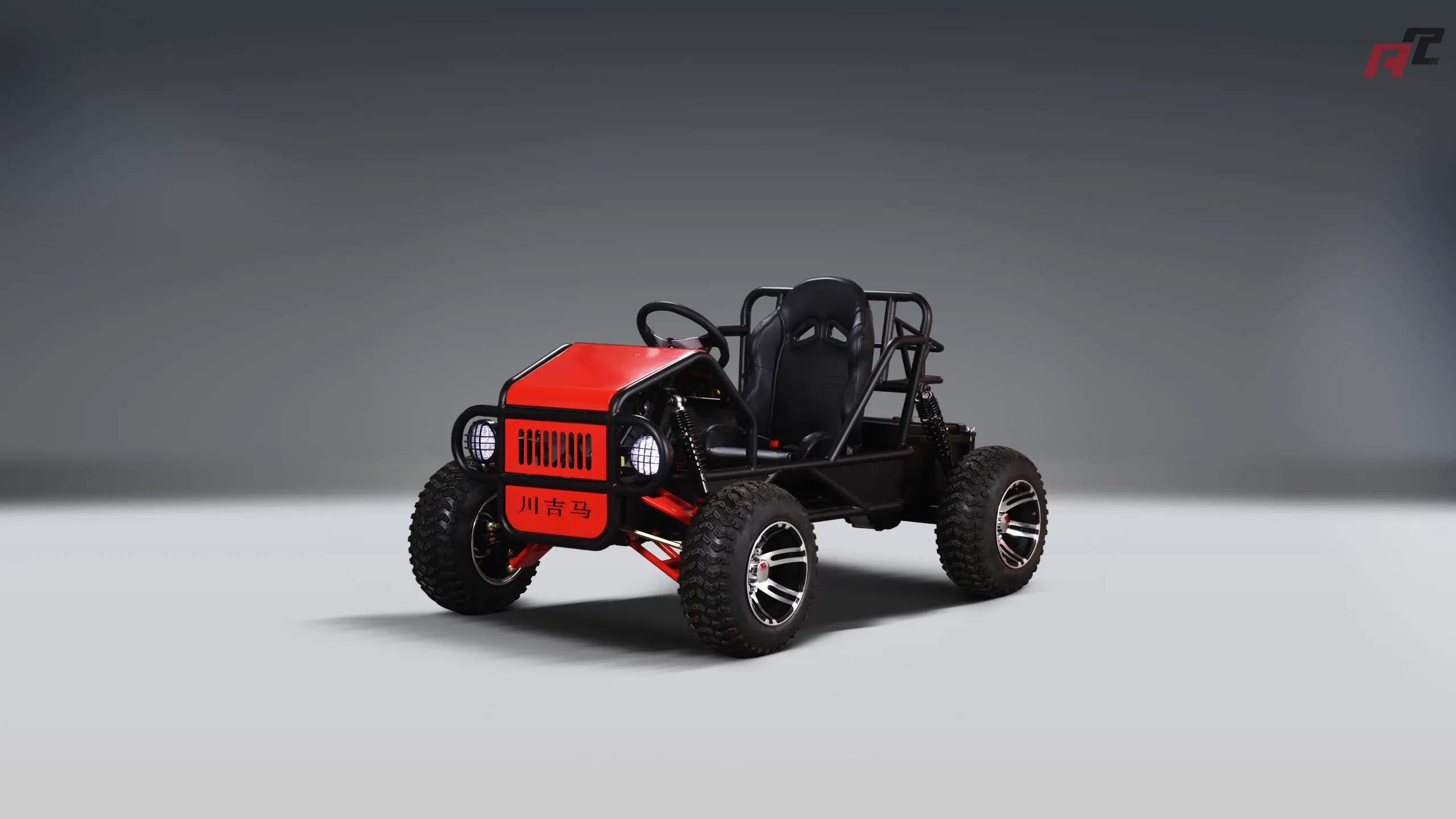How to Improve a Bumper Car Track's Safety and Operations?
This article provides essential insights into improving bumper car track safety and operations, addressing common concerns and offering practical solutions for operators.
Enhancing Bumper Car Track Safety and Operations: A Comprehensive Guide
Bumper cars are a staple in amusement parks worldwide, offering fun and excitement for all ages. However, ensuring their safe operation requires meticulous attention to various factors. Below, we address common questions and provide expert advice to enhance the safety and efficiency of your bumper car track.
1. What Are the Key Safety Features of Modern Bumper Cars?
Modern bumper cars are equipped with several safety features to protect riders:
Seatbelts: Secure riders during collisions, reducing the risk of injury.
Impact-Resistant Design: Built to withstand multiple impacts without damage, ensuring durability and safety.
Low Voltage Power System: Utilizes floor-based electrical systems, minimizing electrical hazards compared to older models.
These advancements contribute to a safer and more enjoyable experience for all riders.
2. How Can Track Design Enhance Safety?
The design of the bumper car track plays a crucial role in rider safety:
Barriers: Prevent cars from veering off the track, maintaining a controlled environment.
Supervised Operations: Operators should monitor the ride to ensure adherence to safety rules, such as not leaning out of the cars or driving too aggressively.
Implementing these design elements helps in reducing accidents and ensuring a secure environment for riders.
3. What Are the Common Risks Associated with Bumper Cars?
While generally safe, bumper cars do present certain risks:
Whiplash: Sudden movements during collisions can lead to neck injuries.
Herniated Discs: Significant force impacts may cause back issues, especially in individuals with pre-existing conditions.
Concussions: Rare but possible, particularly if a rider's head strikes the steering wheel.
Fractures and Sprains: Strong impacts can result in injuries, especially in the wrists or hands from gripping the steering wheel tightly.
Awareness and adherence to safety guidelines can mitigate these risks.
4. How Should Operators Maintain Bumper Cars and Tracks?
Regular maintenance is vital for safe operation:
Routine Inspections: Regular checks of bumper cars and tracks ensure all components are functioning correctly.
Operator Supervision: Continuous monitoring to enforce safety rules and address any issues promptly.
Consistent maintenance and vigilant supervision are key to preventing accidents and ensuring a smooth operation.
5. Are Bumper Cars Safe for All Ages?
Bumper cars are designed to be safe for a wide range of ages, but considerations include:
Young Children (3-7 Years Old): Should ride with an adult, preferably in slower bumper cars to minimize impact force.
Teens and Adults: Can enjoy faster, more competitive bumper cars, as they are better equipped to handle stronger impacts.
Seniors: Should exercise caution, especially if they have fragile bones or health issues; opting for slower rides is advisable.
Ensuring that riders choose appropriate bumper cars based on age and health can enhance safety and enjoyment.
6. How Can Operators Improve Bumper Car Track Operations?
Efficient operations contribute to safety and customer satisfaction:
Staff Training: Ensure operators are well-trained in safety protocols and emergency procedures.
Clear Signage: Use signs to communicate safety rules and guidelines to riders.
Queue Management: Organize lines to prevent overcrowding and ensure a smooth flow of riders.
Implementing these practices can lead to a more efficient and safer bumper car experience.
7. What Are the Legal and Regulatory Considerations for Bumper Car Tracks?
Operators must comply with local regulations:
Safety Standards: Adhere to industry safety standards and guidelines.
Insurance Requirements: Maintain appropriate insurance coverage for liability and accidents.
Regular Audits: Undergo inspections and audits as required by local authorities.
Staying informed about and compliant with regulations ensures legal operation and enhances safety.
8. How Can Technology Enhance Bumper Car Safety?
Incorporating technology can improve safety measures:
Collision Detection Systems: Implement sensors to monitor and control collision forces.
Automated Speed Control: Use systems to regulate car speeds based on rider age and track conditions.
Data Analytics: Analyze ride data to identify and address potential safety issues proactively.
Leveraging technology can lead to a safer and more efficient bumper car operation.
In conclusion, enhancing bumper car track safety and operations involves a combination of modern safety features, thoughtful track design, regular maintenance, and adherence to safety protocols. By addressing these areas, operators can provide a secure and enjoyable experience for all riders.
When considering the purchase of bumper cars, partnering with reputable manufacturers like ANCHI Amusement ensures access to high-quality, safe, and reliable equipment, backed by comprehensive support and expertise.















